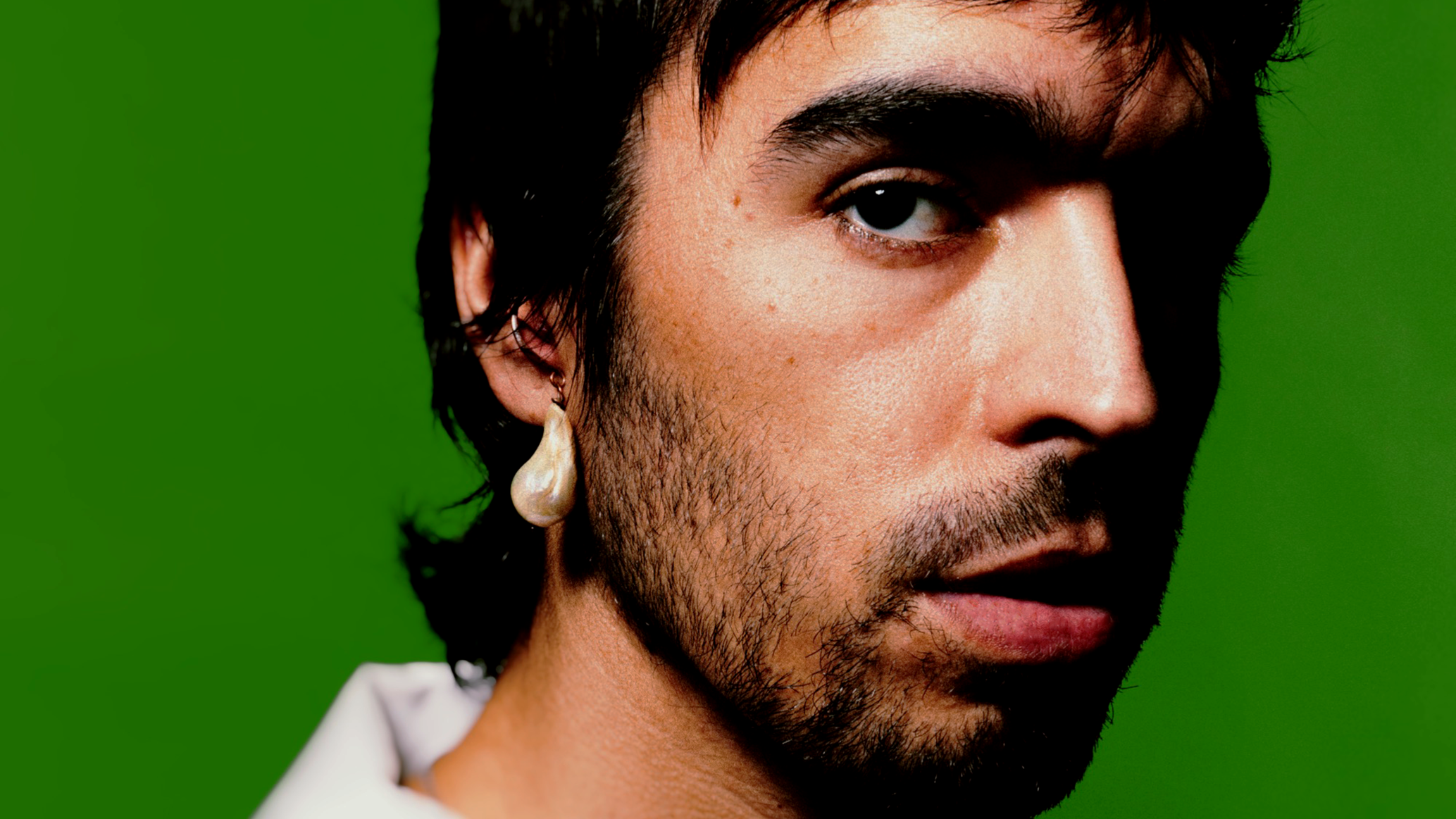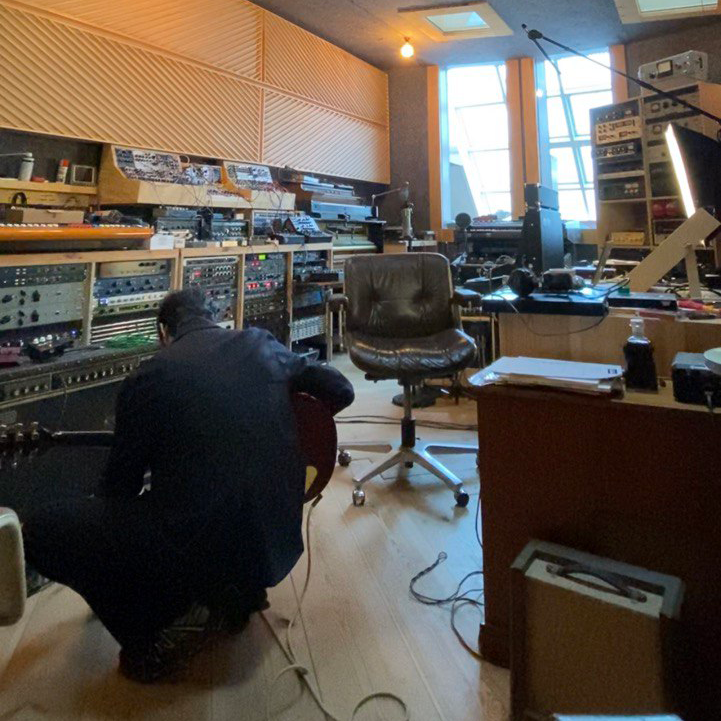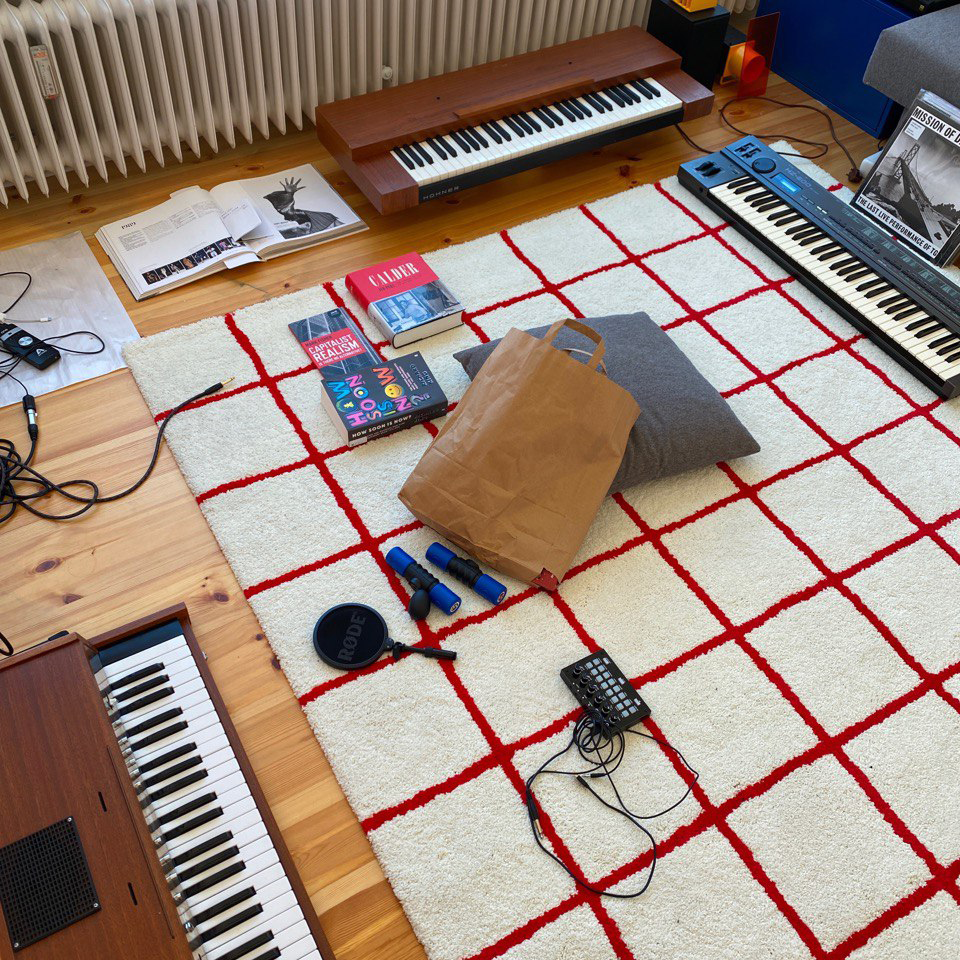Trikk: "FL Studio allowed me to become who I am today as an artist. It gives you a platform, it empowers you - it's more than just software"
Produced in Innervisions label head Âme’s Berlin “hardware wonderland” of a studio, Trikk's Fauna & Flora channels post-punk’s restless malaise into hard-edged electronic music

Since his 2011 debut, Portugese artist Trikk has carved out a reputation as an inventive electronic musician, inhabiting various musical guises across a miscellany of club-focused EPs for Drumcode, ManMakeMusic and Innervisions.
On his latest release, Fauna & Flora, Trikk explores the creative potential of a full-length project for the first time, voyaging beyond the boundaries of the dancefloor towards uncharted stylistic terrain.
Produced in Innervisions label head Âme’s Berlin “hardware wonderland” of a studio, Fauna & Flora channels post-punk’s restless malaise into hard-edged, invigorating electronic music that wears its DIY spirit on its sleeve. We caught up with Trikk to find out more about how the album was made, his unique approach to sampling and his ardent love of FL Studio.
When did you start making music, and how did you first get started?
“My first genuine interest in understanding music happened when I overheard some peers I was sharing a room with playing the djembe. They were making amazing rhythms out of it and I got fascinated by it. At that time I was 11 years old and was living in a juvenile centre due to family related problems - it’s a long story. Long story short, I ended up living with 50 more kids for eight years of my life, and those kids were the reason why I started to make music.
“Firstly, being introduced to these instruments by them, then playing them together. This followed by experimenting with software, when it became a true democratic system - all of a sudden everyone could just download it and start making music and that's what happened to me too.”
Tell us about your studio/set-up…
Get the MusicRadar Newsletter
Want all the hottest music and gear news, reviews, deals, features and more, direct to your inbox? Sign up here.
“My studio setup has always been the same since I started to make music, my computer. Along the way I bought guitars and basses. I very much enjoy the feeling of freedom you get when you get to make music anywhere in the world and that is something I have tried to hold on to since the beginning. From working in coffee shops in London to hotel rooms in Japan - the simplicity of minimal or physical constraints which on its own are a limitation, free me.
I had the opportunity to use Âme’s studio in Berlin, it's a wonderland for hardware, a private museum of amazing instruments
“For the album in particular, I had the opportunity to use Âme’s studio in Berlin, it's a wonderland for hardware, a private museum of amazing instruments. I remember one of those first times I went there to work on the album that I felt so overwhelmed that I just stood still and couldn't really work it out for hours, my mind was overloaded with possibilities.
”In the end I had to find a good balance between using my method and being inside a studio like this, I still prefer to make music on my computer only, to be completely honest.”

What DAW (or DAWs) do you use, and why did you choose it?
“FL Studio. It's simple, direct and offers great sample editing possibilities. I'm a romantic and this software allowed me to become who I am today as an artist. It's so democratic, people that wanted to start making music, had the possibility without money or help to suddenly create something out of nowhere and for me that's one of the biggest things music software gave to humanity.
“It gives you a platform, it empowers you, gives you happiness, sadness and all in between. It literally saves lives and gives people a purpose in low income areas specifically. It's more than a software in the end, if you look at it deeply.”
What one piece of gear in your studio could you not do without, and why?
“My computer, for obvious reasons. But I bought an Ibanez Acoustic Bass a few years ago and I cannot leave it alone. The character and life it adds to the music it's quite something, a must have for me.”
What's the latest addition to your studio?
“Arturia Dist Coldfire. I’m still learning, but it instantly gives you something and that's the way software is made today. Their selling point is instant gratification, which can be good and bad. On the one hand, once you open it and run through something it's amazing straight away.
”On the other hand it makes your brain lazy and you cease to look at your own interpretation of the software, and building presets from scratch doesn't seem a thing anymore. I needed new distortion ideas and found this one and I’m happy with it. But in general I tend not to buy too many things. Limitation is key and optionality can be very detrimental.
What dream bit of gear would you love to have in your studio?
“Probably AKG BX-10 or BX-20, EMT 140 or Grampian Reverberation Unit Type 636.”

When approaching a new track or project, where do you start?
“I mainly work with samples, so every time I start something, I have to be listening to a sample I just got from somewhere. It could be an obscure ‘80’s Spanish synthwave sample or a rhythm loop from a traditional instrument from Ghana, the source will always be random as long as it is interesting.
”90% of my music is based on reappropriating sounds and recording techniques. By now I have a very big collection of samples I've been gathering for a few years from all kinds of sources, tapes, vinyls, and digital.
“After that I start layering sounds and might add a guitar, bass or using a plugin like Reaktor’s Razor to add a melody to it. The character and feeling for me is the important part, might not be the catchiest track but has to have that feeling we usually cannot put into words.”
What are you currently working on?
“I’m working on loads of new and different things at the moment like remixes, different projects I have with different names, creating new music for Trikk with new collaborators and possibly a second album.”
Trikk’s new album Fauna & Flora will be released 24th February on Innervisions.
Trikk's 3 tips for music-makers
1. Do your own thing
“There's no rules and if someone like me tells you to do something a certain way, question it first and only later see if it can potentially work for you. Many times I have wondered how to achieve a certain sound or idea that I listened to somewhere else, and once I managed to actually recreate it that idea never really sounded right. Because it's not yours and it's not part of your musical DNA, it might sound good when you listen to it but in the end you have to discover your own way to do things, representing who you are and all your experiences.”
2. Embrace happy accidents
“Experimentation is underrated. I briefly touched on the subject of modern plugins giving you a taste of what you can do, and that instant gratification aspect can sometimes stop new artists from experimenting and failing in those experiments. How many times do you hear your favourite artist saying that a specific sound they created was actually a mistake? Far too often. And that you can only get it if you get out of your comfort zone. Open your software and don't think of an end goal, just write. You will lead yourself into something that might surprise you.”
3. Try using a transient designer
“Technically, I personally use SPL Transient Designer on everything. I like to tighten all sounds that are occupying way too much space on the frequency range. Generally that muddy feeling that you get starts getting better just by adding this plugin and working with it often. Because my music is sample heavy there's a lot of noises - sometimes wanted and sometimes unwanted - that come with it. SPL helps me immensely and you can also use it as a creative tool, for example, making the decay shorter or longer on your samples.”


Future Music is the number one magazine for today's producers. Packed with technique and technology we'll help you make great new music. All-access artist interviews, in-depth gear reviews, essential production tutorials and much more. Every marvellous monthly edition features reliable reviews of the latest and greatest hardware and software technology and techniques, unparalleled advice, in-depth interviews, sensational free samples and so much more to improve the experience and outcome of your music-making.
“The included sample content is not only unique but sonically amazing, as it always was”: Spitfire Audio BBC Radiophonic Workshop review
“We were able to fire up a bass sound that was indistinguishable from the flavour of New Order’s Blue Monday in seconds”: EastWest Sounds Iconic review










